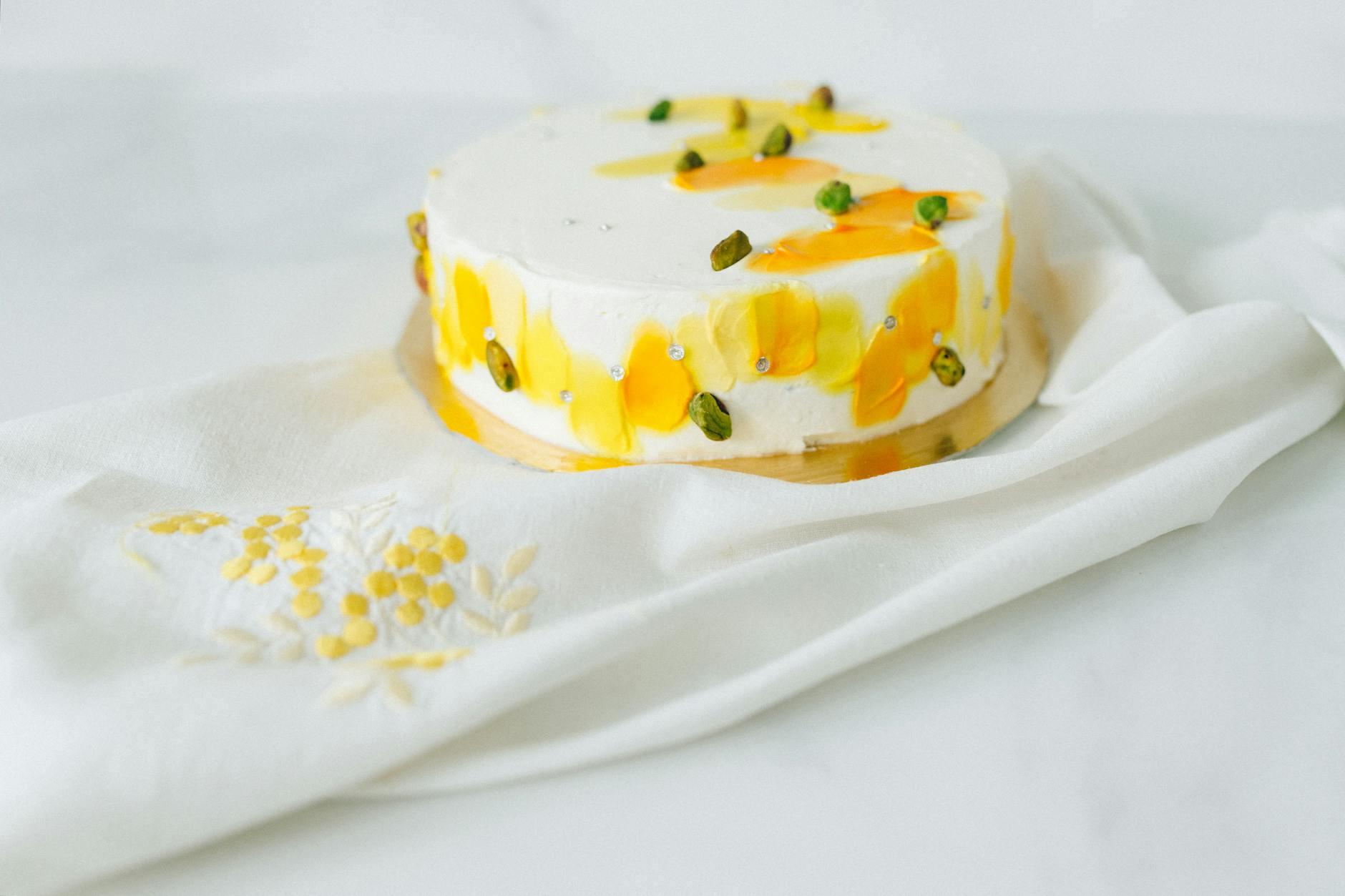Decoding Cooking Measurements
Cooking, like juggling, requires careful balance and precision. Accurate measurements are the unsung heroes behind a recipe’s success, making sure that each dish you whip up sings the right tune.
Importance of Accurate Measurements in Cooking
Think of precise measurements as the GPS of your culinary journey—they keep you on track. Whether you’re crafting a feathery cake or a hearty stew, each ingredient needs just the right amount to mesh flavors and textures perfectly. A dash too much or a pinch too little can throw a dish off its groove. For a deeper dive into cooking measurements, check out our article on measurements for cooking.
Understanding Different Measurement Units
Recipes speak a language of their own—cups, teaspoons, tablespoons, ounces, grams. Each unit has its moment in the spotlight, depending on what you’re measuring or what your recipe calls for. Learning how these units do their dance together is like uncovering a chef’s secret handshake, ensuring your dishes are always en-pointe.
Knowing why exact measurements matter and getting cozy with different units not only boosts your cooking chops but also boosts your kitchen confidence. Whether you’re chopping like a maestro or giving cooking a first go, nailing measurements is your ticket to creating meals worth a chef’s kiss.
Converting 3/4 Cup to Grams
Switching from measuring cups to weighing things can be a game-changer in the kitchen. Let’s tackle how to convert 3/4 cup to grams. We’ll bring the mystery of volume and weight measurements to light and give you the gram equivalents for various ingredients.
Relationship Between Volume and Weight Measurements
In the kitchen, measuring ingredients by volume (like cups and tablespoons) isn’t quite the same as measuring by weight (grams and ounces). Volume is all about the space an ingredient takes up, while weight tells you about its heaviness. When you convert between them, you’re paving the way for accurate cooking, especially in baking, where precision matters.
The twist here is, turning cups into grams isn’t straightforward. It hinges on things like how packed or airy your ingredient is. Denser things weigh more in the same cup than lighter ones. So, it pays to peek at a conversion chart or keep a kitchen scale handy.
How Many Grams are in a 3/4 Cup of Various Ingredients
Grams in 3/4 cup can change depending on what you’re measuring. Here’s a handy table with rough gram estimates for some kitchen staples:
| Ingredient | 3/4 Cup (Approx. grams) |
|---|---|
| Flour | 96 |
| Granulated Sugar | 150 |
| Brown Sugar | 150 |
| Butter | 170 |
| Rolled Oats | 60 |
| Almonds | 90 |
| Rice (uncooked) | 150 |
| Milk | 180 |
| Water | 180 |
| Honey | 270 |
Think of these numbers as ballpark figures because they can sway depending on how you measure, the ingredient’s density, and its moisture level. For spot-on conversions, look up a trusty conversion chart or calculator. Knowing how many grams are packed into 3/4 cup arms you with the precision to whip up consistent and delicious dishes.





